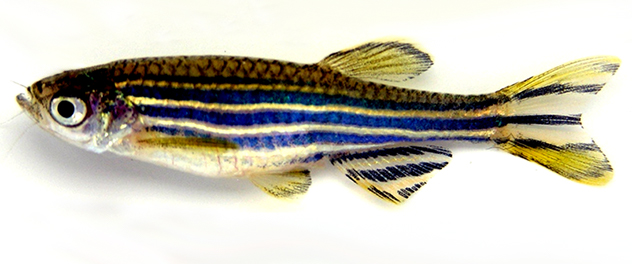 Developing new treatments for cardiac diseases using zebrafish
Developing new treatments for cardiac diseases using zebrafish
Dr. Xu's Zebrafish Genetics Laboratory at Mayo Clinic leverages genetic insights offered by zebrafish and African turquoise killifish, aiming to discover molecular mechanisms of cardiomyopathy and cardiac aging and develop novel therapeutic strategies.
Overview
Cardiomyopathy and heart failure affect millions of Americans, resulting in billions of dollars of related healthcare costs annually. The mission of the Zebrafish Genetics Laboratory is to use zebrafish as an animal model to explain molecular mechanisms of human cardiomyopathy and develop novel therapies.
Toward this goal, the lab has generated a panel of adult zebrafish models of human cardiomyopathies. Two genetic platforms have been developed to systematically discover genetic modifiers for cardiomyopathy. This includes a mutagenesis-screen-based forward genetic platform and a genome-editing-based reverse genetic platform in F0 adult zebrafish.
Novel therapeutic strategies are being identified from these screens. These strategies will be tested in different types of cardiomyopathies, accelerating the implementation of individualized medicine for cardiomyopathies.
The lab is integrating African turquoise killifish as a vertebrate model to study cardiac aging and age-related cardiac diseases. Its short lifespan of about six months enables rapid genetic analysis of cardiac aging in a vertebrate.
Affiliations
Dr. Xu's Zebrafish Genetics Laboratory is affiliated with the Department of Biochemistry and Molecular Biology — Research and the Department of Cardiovascular Medicine at Mayo Clinic. Dr. Xu co-leads the cardiovascular program of the Robert and Arlene Kogod Center on Aging at Mayo Clinic.
The Zebrafish Genetics Laboratory research team works with these programs and organizations to expand their studies in cardiomyopathy:
Funding
The Zebrafish Genetics Lab gratefully acknowledges support from these organizations: